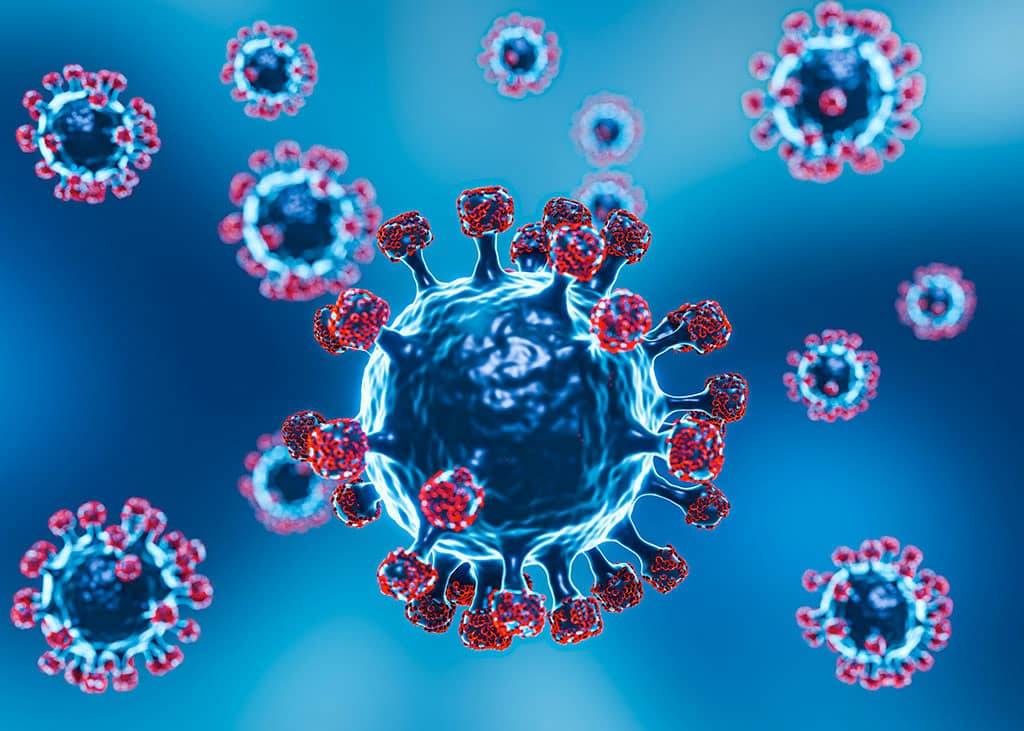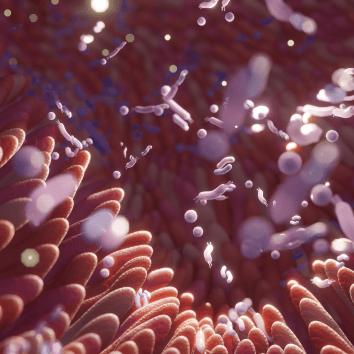Gut microbiome research and sample shelf life

The time between collection of a stool sample and its processing in a laboratory has a significant impact on the quality and reliability of the test results. Our analysis shows that samples for research using the FISH analysis method (such as that of NL-Lab) remain reliable for significantly longer and are less expensive to transport than samples for other analysis techniques such as polymerase chain reaction (PCR), next-generation sequencing (NGS), and selective culture.
Why fecal samples for NL-Lab's gut microbiome research have a longer shelf life and are more reliable.
Fecal samples are subject to biological decay, so they must be analyzed as quickly as possible. Travel time is influenced by several factors, such as distance, type of transport, weekends, and peak season. Temperature also significantly impacts sample quality.
In addition, the conditions for (optimal) transport differ per analysis technique:
Selective Breeding
Samples for culture should preferably be refrigerated and within 1-3 days of production. Within this period, the reliability of the measurement result decreases rapidly.
PCR and NGS
Stool samples are affected by so-called DNA polymerase inhibitors, which are always present in feces and hinder the function of the PCR reaction's "engine." Samples for PCR and NGS no longer yield reliable results 3-4 days
A commonly used solution is the use of a preservative (fixative), but this has the disadvantage of requiring an additional step in sample preparation, which can easily introduce errors. Furthermore, the ratios between fixative and sample are not ideal, making proper mixing very difficult. Therefore, the effectiveness of these agents in gut microbiome research has not yet been convincingly demonstrated.
FISH
Samples analyzed using the FISH method are only unusable if the cell wall structure of the microbiome bacteria and their ribosomal contents are compromised. Bacterial cells remain structurally intact for a long time and are therefore analyzable using FISH-based methods. We have extensively tested this at NL-Lab, and samples for FISH are stable for at least 7 days and can still be reliably analyzed.
Other benefits FISH
The FISH method is not only superior in terms of sample durability, there are more advantages: FISH also offers a much higher analytical coverage (96% of the microbiome) and is the only method that can measure the microbial activity of bacterial groups.
Our patented and automated C-FISH method makes this superior method now also affordable for complex analyses such as gut microbiome research .
Interested or have questions?
If you are interested in gut microbiome research or have any questions about this article, we strongly encourage you to contact us .
To share:
Read also...




